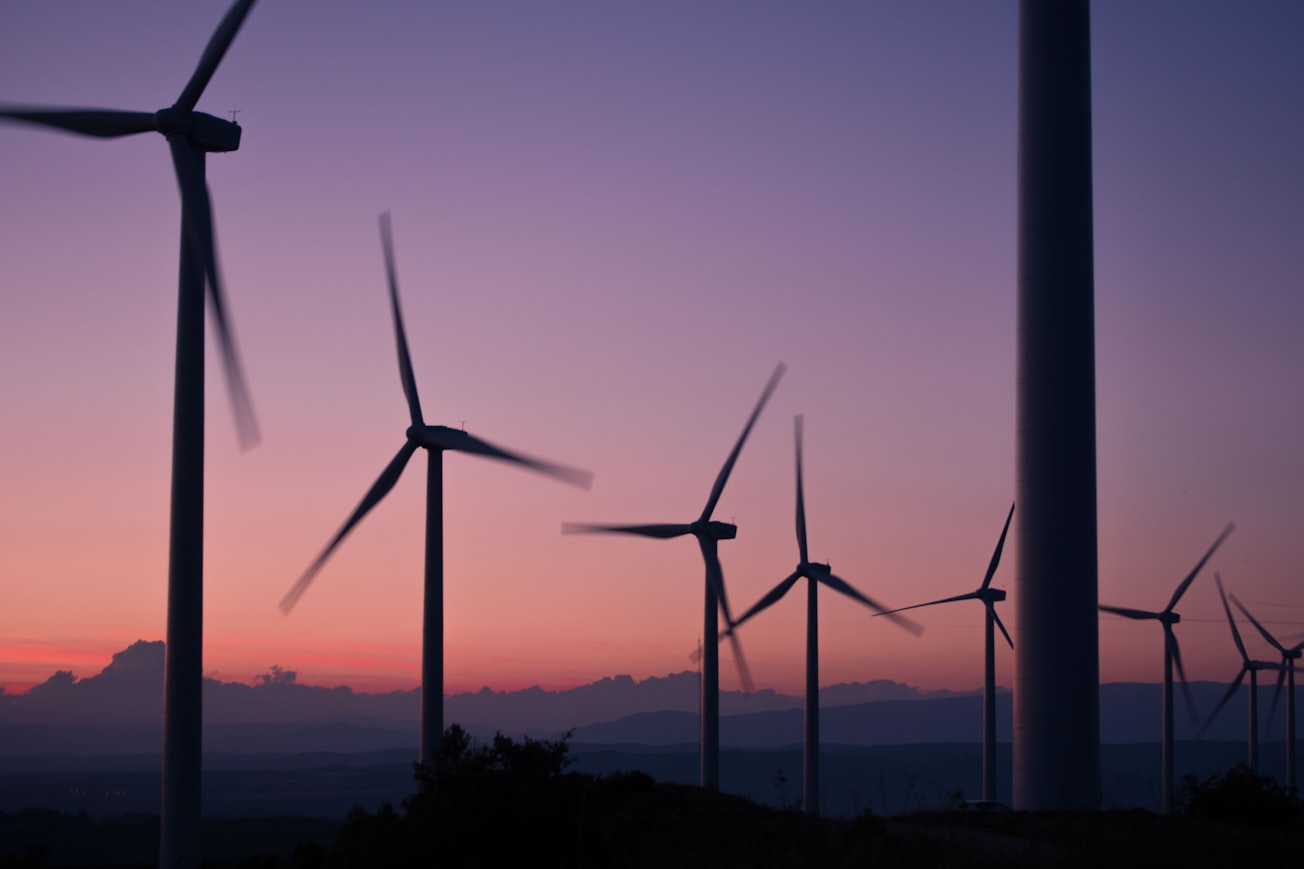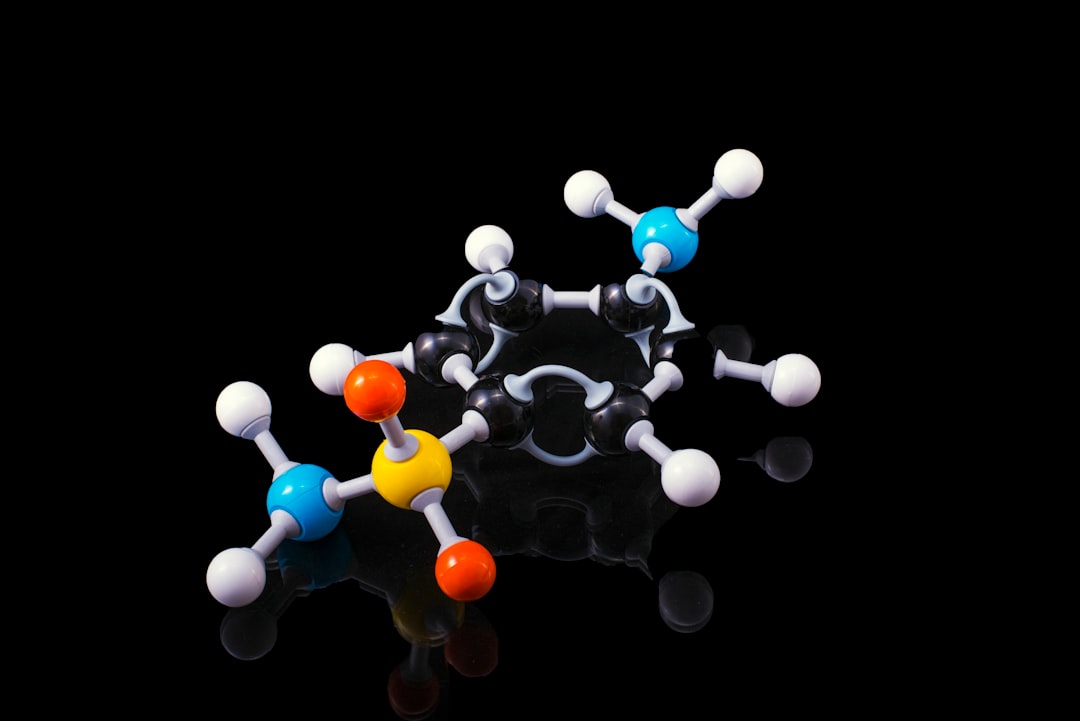What is it about?
In this work, a new model for correcting the 2D steady aerodynamic data for 3D effects is presented. This model combines the stall delay model of Corrigan and Schillings, a modified version of an inviscid stall delay model (ISDM), a new modification factor to account for the effect of the angle of attack changes, and a new tip loss factor. Furthermore, the model applies the use of the separation factor of Du and Selig to evaluate the area on the rotor disc where stall delay is most prominent. The new stall delay model was embedded in a free-wake vortex model to estimate the aerodynamic loads on the NREL Phase VI rotor blades consisting of the S809 aerofoil sections.
Featured Image

Photo by Anna Jiménez Calaf on Unsplash
Why is it important?
The proposed new stall delay model could contribute to improvements in predicting the aerodynamic loads acting on wind turbine blades in axial and yawed flows with an acceptable level of accuracy.
Perspectives
The current potential flow theories still rely on 2D aerofoil data for simulating loads on a rotating blade. Hence, less degree of accuracy is expected due to 3D rotational effects, which are not included with the 2D aerofoil wind tunnel data. Improvement in this field is still required for better predictions of the aerodynamic loads acting on wind turbine blades. The model can reduce the uncertainty in the blade design process and, subsequently, make wind turbines more cost-effective.
Mr MOUTAZ ELGAMMI
University of Malta
Read the Original
This page is a summary of: A new stall delay algorithm for predicting the aerodynamics loads on wind turbine blades for axial and yawed conditions, Wind Energy, May 2017, Wiley,
DOI: 10.1002/we.2115.
You can read the full text:
Contributors
The following have contributed to this page










